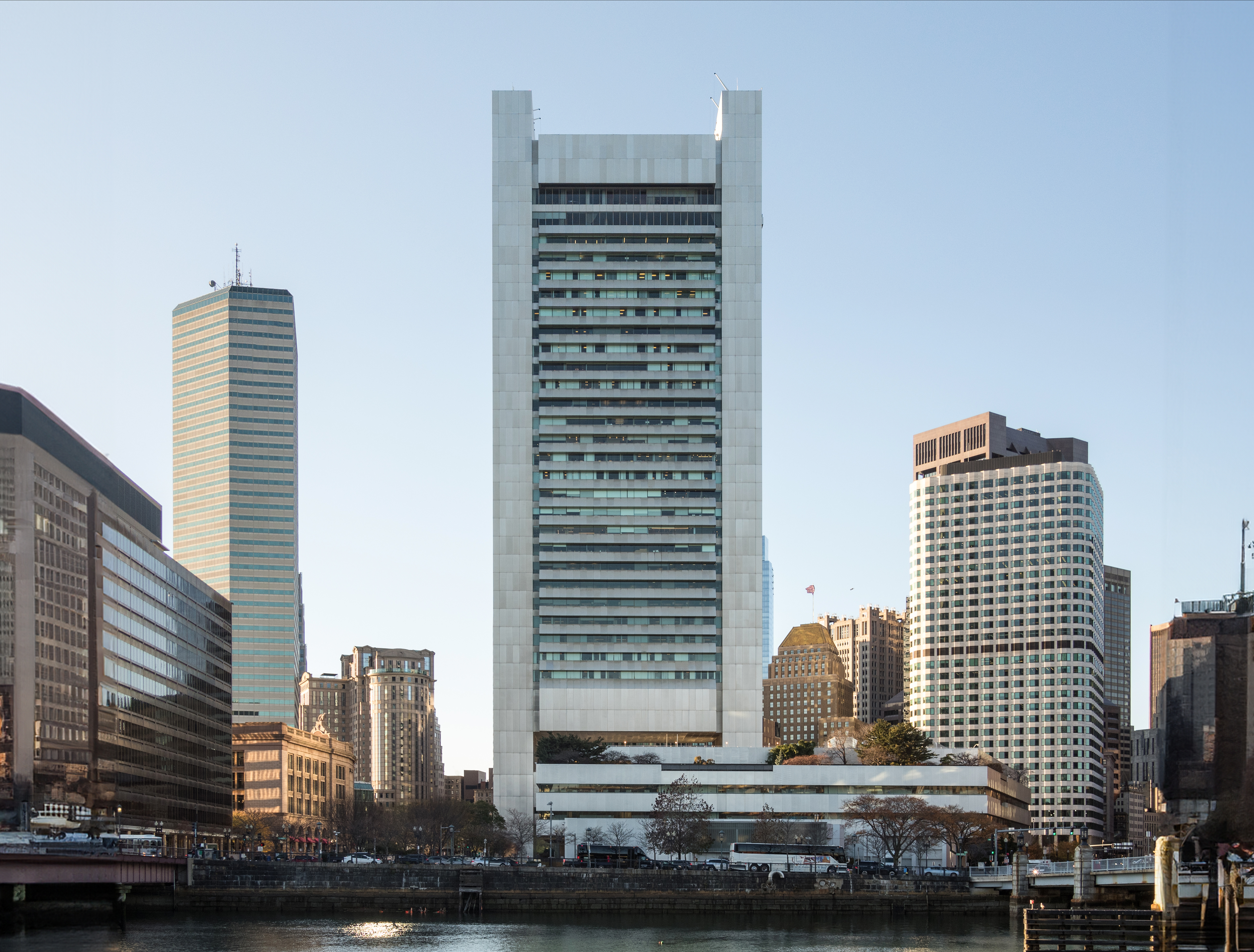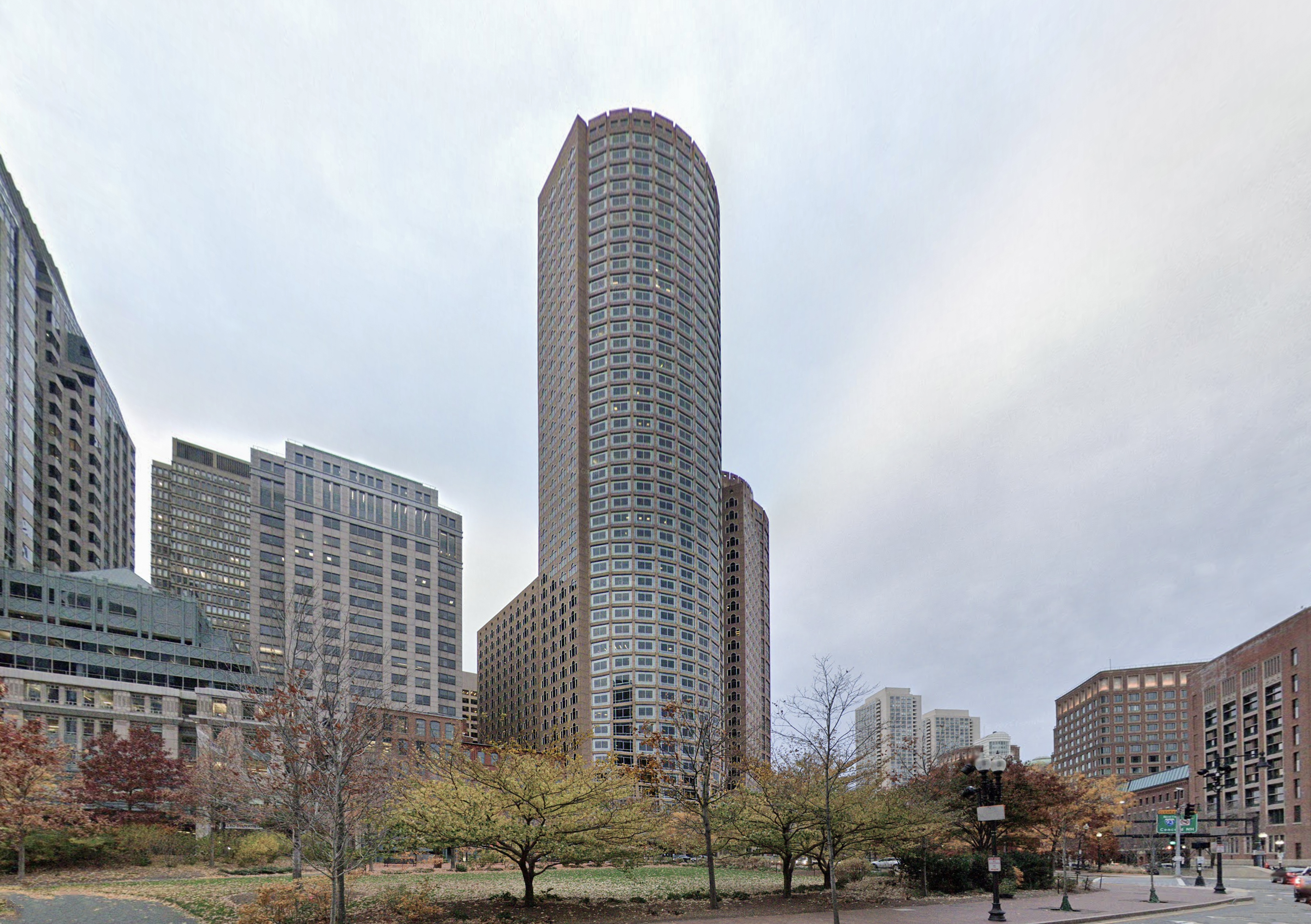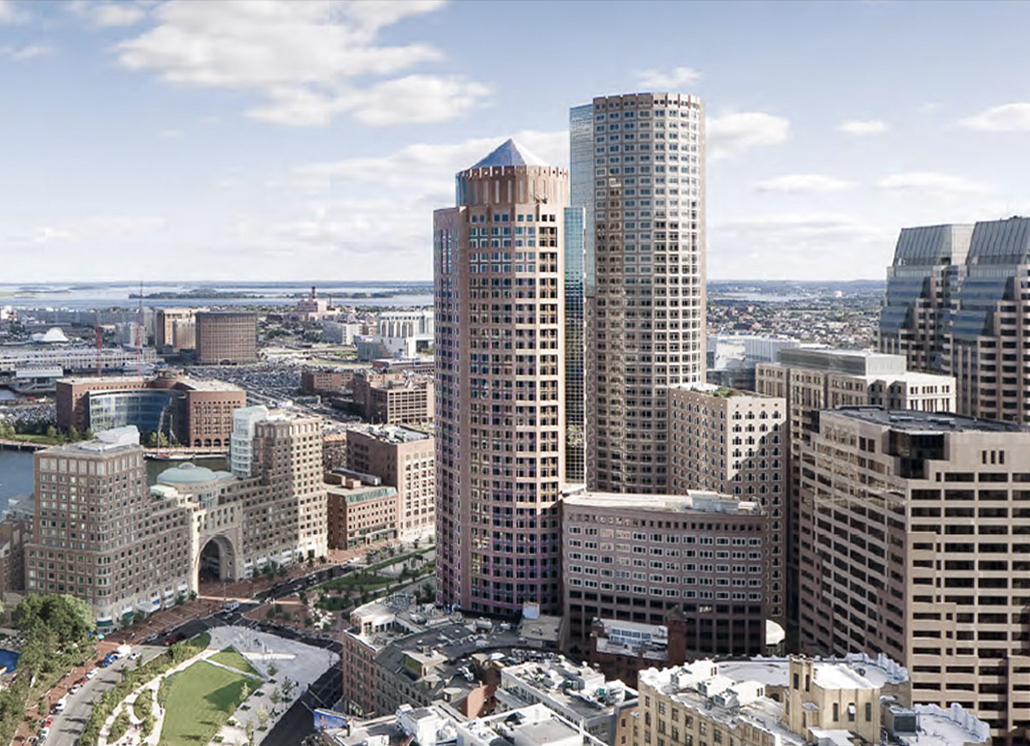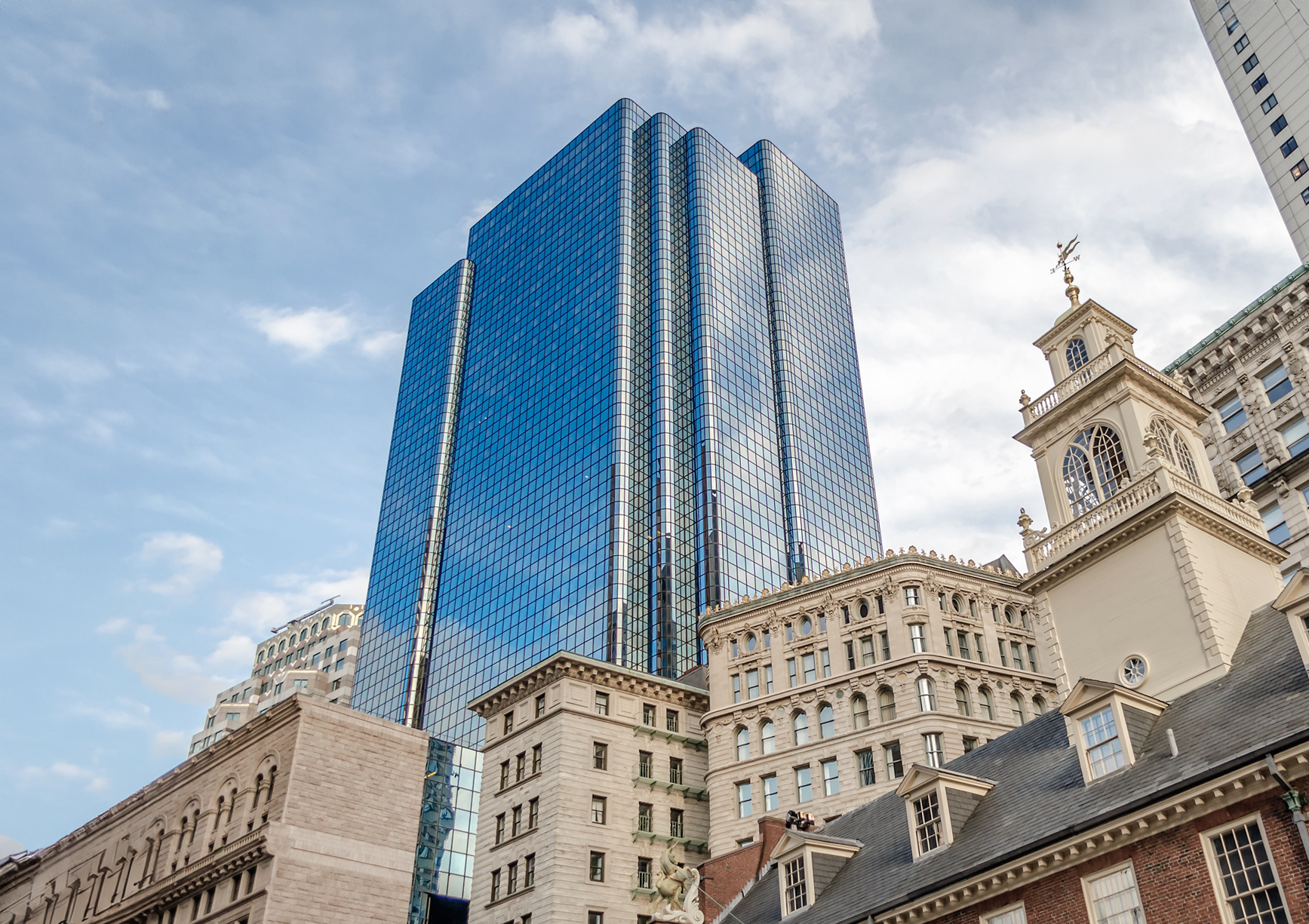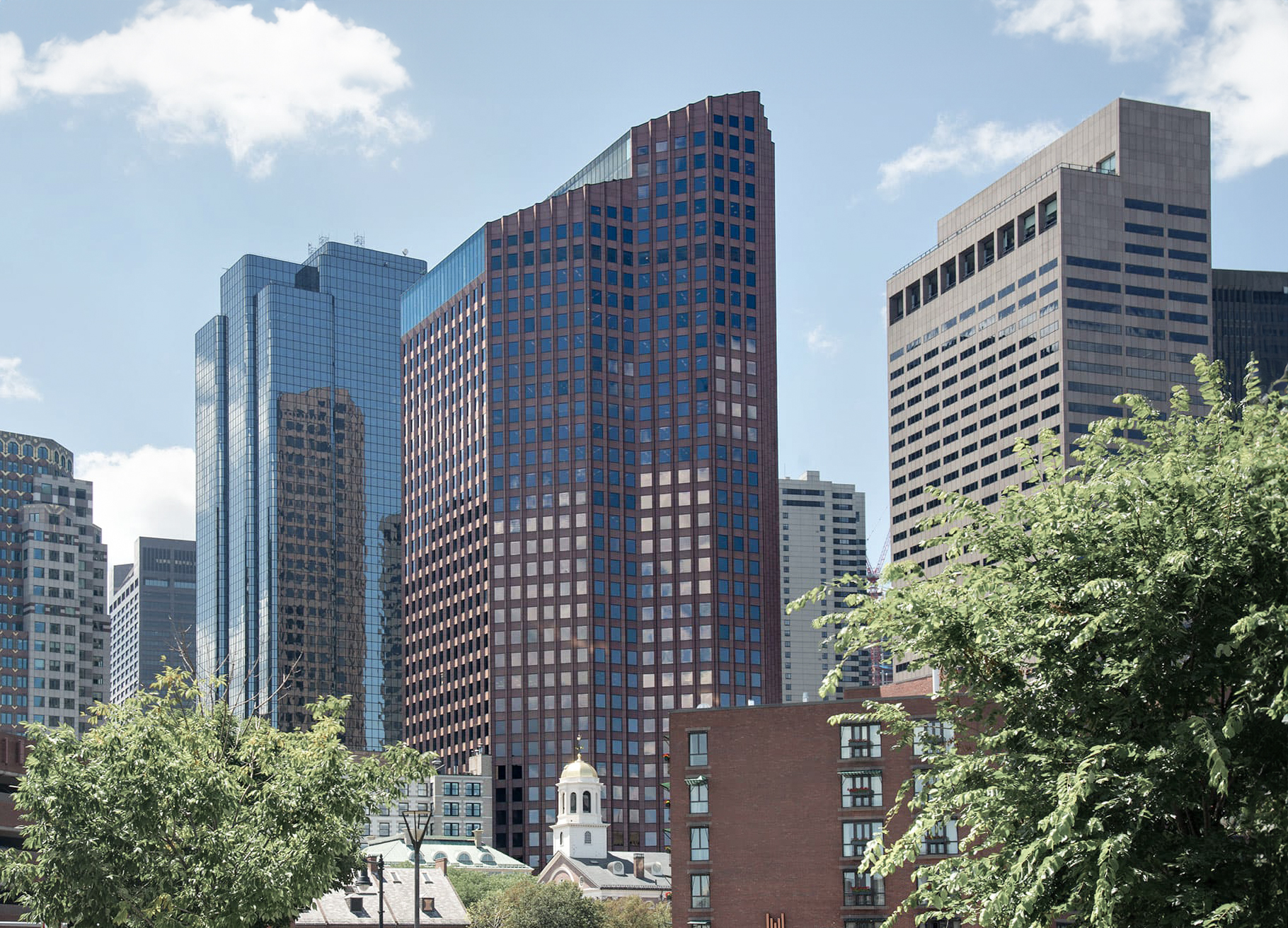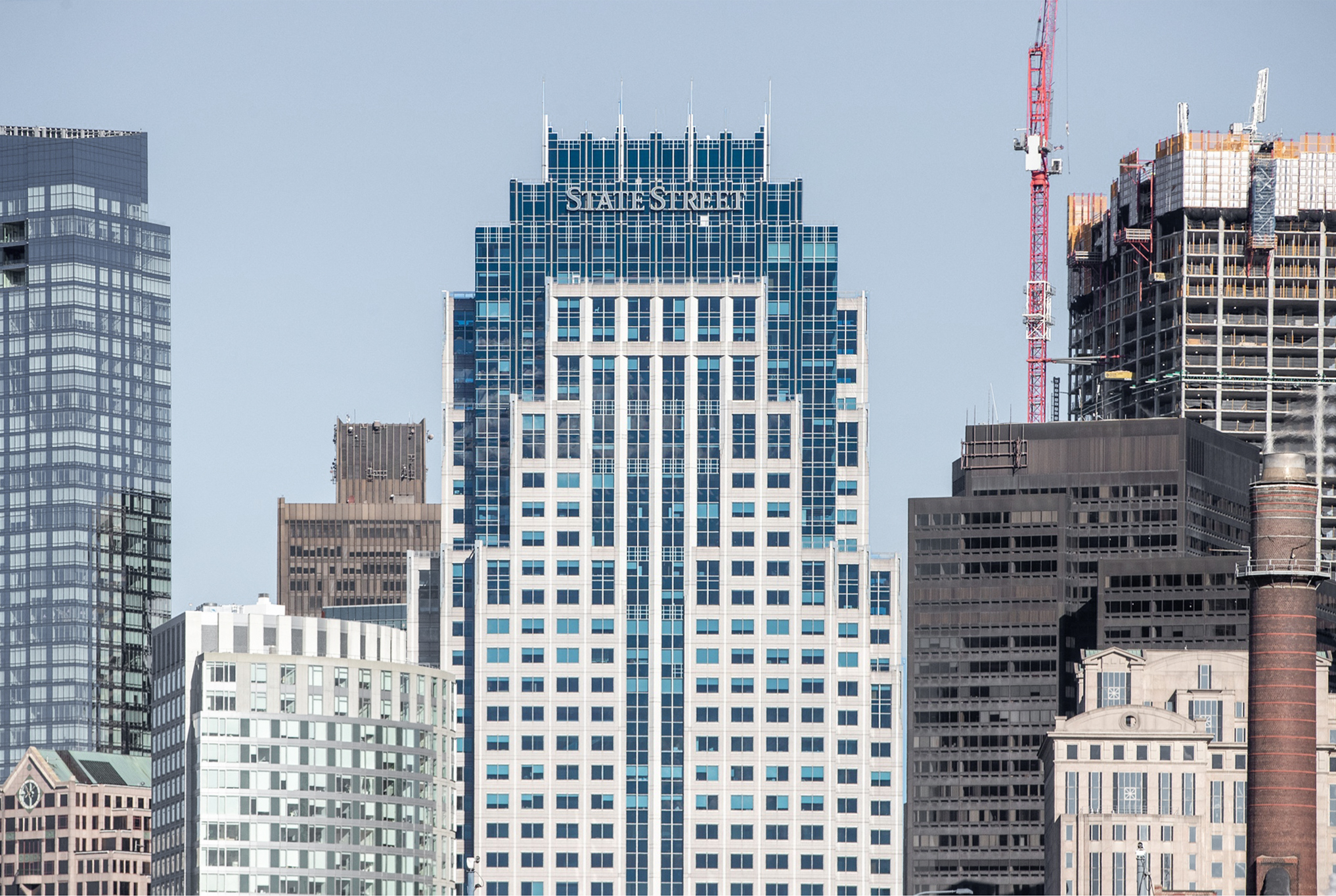The Federal Reserve Bank Building is a Postmodernist skyscraper designed by Stubbins and Associates, with Hugh Stubbins as lead architect, and built between 1969 and 1977 in Boston, MA.
Its precise street address is 600 Atlantic Avenue, Boston, MA. You can also find it on the map here.
The Federal Reserve Bank Building has received multiple architecture awards for its architectural design since 1977. The following is a list of such prizes and awards:
